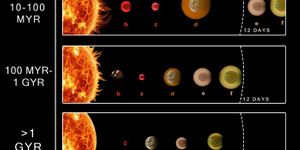Researchers are advancing high-density electroencephalography (EEG) for a future in functional neuroimaging.
Learn more about EEG:
EEG has long been used as one of the functional methods needed for human brain mapping. They method can takes readings in milliseconds but despite it faces challenges with navigating the spatial extent of activity within the brain.
"This work demonstrates that EEG source imaging may become the non-invasive high-spatial, high-temporal resolution paradigm for human brain imaging technology, an important goal of the BRAIN Initiative." Said Bin He, who served as a member of the NIH BRAIN Multi-Council Working Group from 2015-2019.
Researchers aimed to overcome that in recent NIH-funded study to “"produce a revolutionary new dynamic picture of the brain that, for the first time, shows how individual cells and complex neural circuits interact in both time and space."
"By analyzing epilepsy networks with our proposed FAST-IRES framework, we have demonstrated that the EZ can be determined objectively and noninvasively with high precision from scalp high density EEG recordings," wrote He and his co-authors.
The research may improve the quality of life from those suffering from epilepsy.
Source: Science Daily




